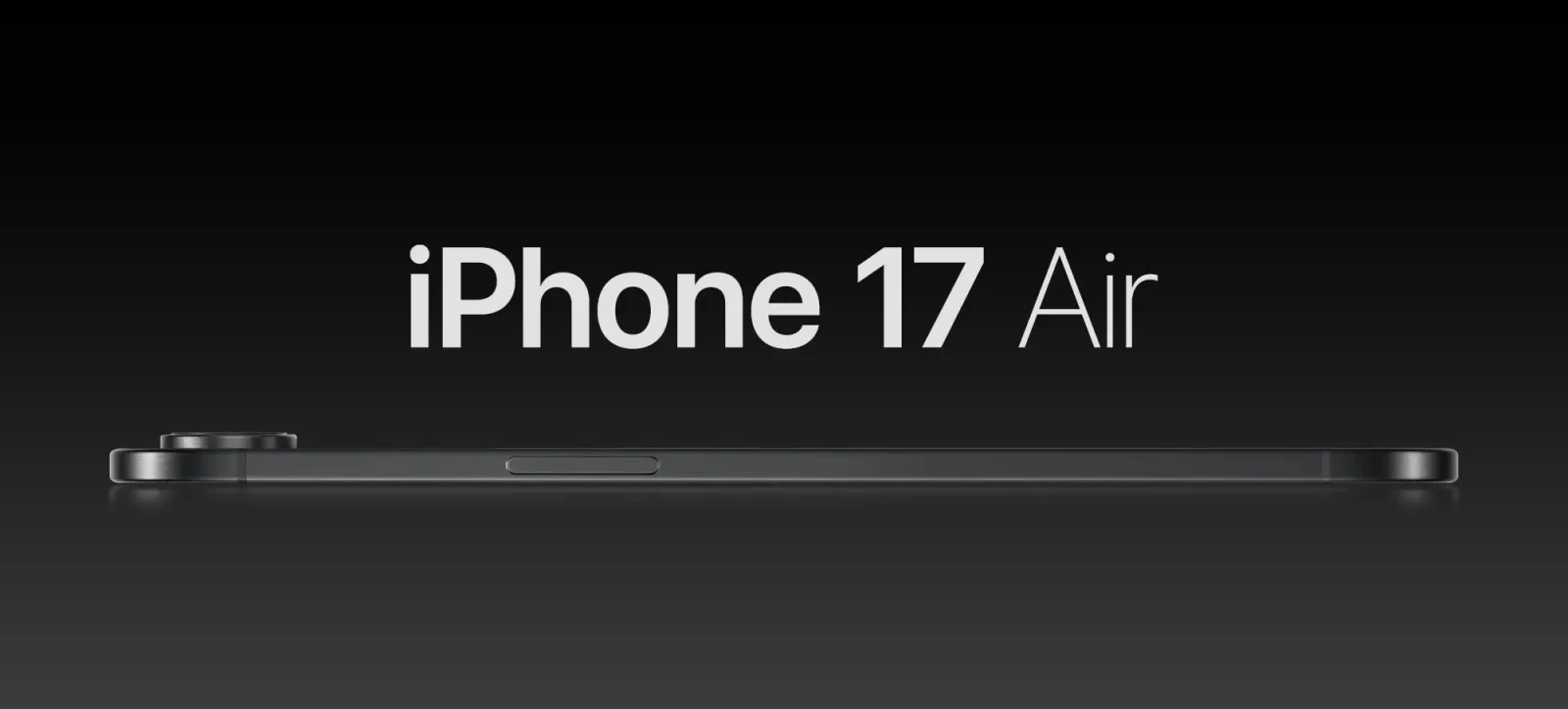Apple continues to refine its retail store aesthetic, with the latest opening in Hefei, China, showcasing the company’s commitment to a seamless transition between the exterior and interior. This design, characterized by a curved glass frontage, has now appeared in multiple locations, suggesting a new standard for Apple’s physical retail presence. Meanwhile, significant developments are unfolding in the financial realm, with reports indicating Apple is exploring new partnerships for its Apple Card program.
The new Apple MixC Hefei store, situated in a prominent business and financial district near Swan Lake, features a wide, curved glass facade. This design element, previously seen in stores in India and Shenzhen, China, creates a fluid connection between the outside world and the store’s interior. The absence of exterior pillars in the Hefei location further enhances this effect, making the transition even more subtle and inviting. Apple emphasizes the use of sustainably and locally sourced materials in the store’s construction, underscoring its commitment to environmental responsibility.
This curved glass design first emerged in 2023 at the Apple Saket store in India, a feature Apple highlighted as unique at the time. The store, with its white oak tables and a feature wall crafted in India, offered a welcoming environment for customers. The presence of CEO Tim Cook and retail head Deirdre O’Brien at the opening further emphasized the importance of this new design direction. However, the “unique” design quickly reappeared just a week later in Shenzhen, indicating a broader rollout of this architectural style.
The Hefei store’s opening coincides with the Lunar New Year, and Apple is marking the occasion with several special initiatives. Customers can purchase special-edition AirPods with custom Year of the Snake engravings. The store will also host workshops focused on using iPhone and Apple Vision Pro to capture and relive memories. Festive window decals and interior decorations will contribute to a celebratory atmosphere within the store. The store officially opened its doors on Saturday, January 18th.
In other news, Apple’s financial partnerships are undergoing significant changes. Following confirmation from Goldman Sachs CEO David Solomon regarding the potential early termination of their partnership, reports have surfaced indicating Apple is in discussions with Barclays and Synchrony Financial to potentially take over the Apple Card program.
Goldman Sachs has faced challenges in its consumer credit division, incurring substantial losses. This has led the company to scale back parts of its consumer lending business, including personal loans offered through its Marcus brand. Goldman Sachs also recently ended its partnership with General Motors, transferring the GM credit card portfolio to Synchrony Financial.
The reports of Apple’s discussions with Barclays and Synchrony Financial come from sources familiar with the matter. Notably, Apple already has an existing relationship with Barclays for financing in the UK. Previous reports also suggested Apple was exploring partnerships with JP Morgan Chase and Capitol One.
The future of the Apple Card partnership remains uncertain, with no clear frontrunner identified at this time. Goldman Sachs currently serves as Apple’s partner for both the Apple Card and the associated Savings Account. While the existing agreement extends until 2030, Solomon’s comments suggest a potential early exit.
Regardless of which financial institution ultimately partners with Apple on the Apple Card, changes to the product are anticipated. The current Apple Card offers attractive interest-free financing options for Apple purchases and does not charge any fees. While these terms have been appealing to consumers, they have also contributed to Goldman Sachs’ financial losses. The new partnership will likely involve adjustments to these terms to ensure the program’s long-term sustainability. The future of Apple Card appears to be one of evolution and adaptation, reflecting the dynamic nature of the financial landscape.


